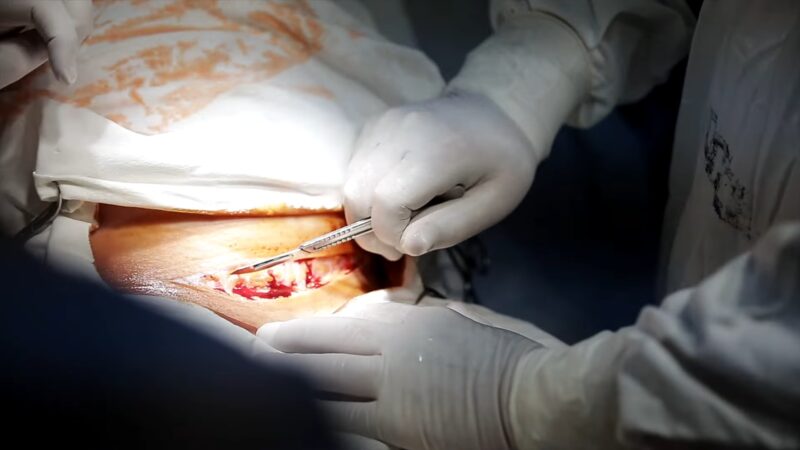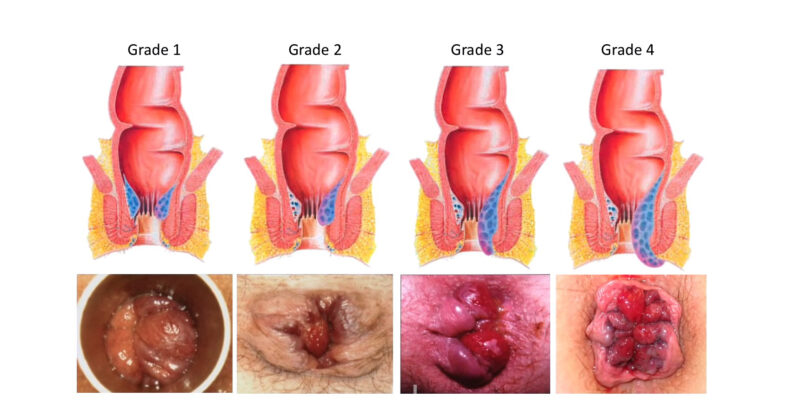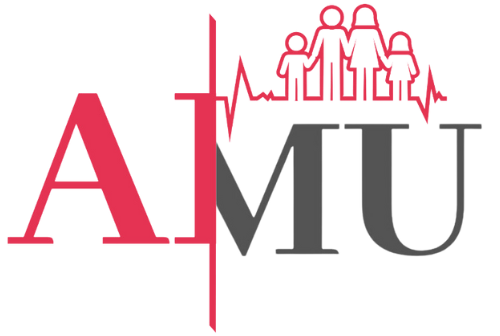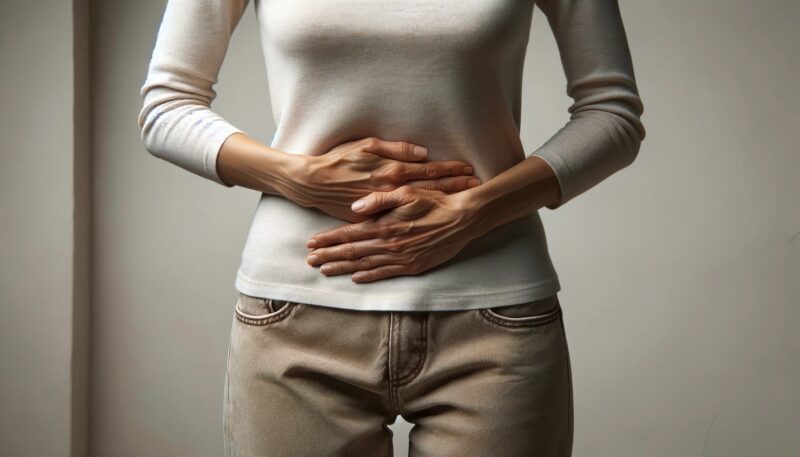Postpartum infections, or puerperal infections, are a significant health concern for new mothers. While these infections are rare, affecting 5 to 7 percent of women after childbirth, they can lead to severe complications if not detected and treated promptly.
This post aims to provide you with information on how to detect postpartum infections, covering their symptoms, risk factors, and the importance of prompt medical attention. Postpartum infections occur after childbirth, posing health risks to the mother.
These infections can range from mild to severe and, in rare cases, can become life-threatening and cause infertility from then on.
Key Takeaways
- Postpartum infections, affecting 5 to 7 percent of women after childbirth, can lead to serious complications if not promptly diagnosed and treated. Recognizing symptoms early and seeking medical attention is essential for preventing severe outcomes.
- Knowledge of the different types of puerperal infections (endometritis, myometritis, parametritis) and their risk factors (like C-section delivery, PROM, and vaginal lacerations) is vital for prevention and early detection.
- Being aware of the common and less common symptoms of postpartum infections, such as fever, abdominal pain, and unusual fatigue, and understanding when to seek immediate medical help, especially in cases of potential sepsis, can save lives.
- Good wound care, attention to symptoms, and possible preventive antibiotics for C-sections are key to preventing infections. Unaddressed infections can lead to long-term health issues like chronic pelvic pain and fertility problems.
Types of Puerperal Infections
Puerperal, or postpartum, infections can manifest in different parts of the reproductive system. Each type of infection affects a specific area and can arise due to various reasons related to the birthing process.
Understanding these types helps in better diagnosis and treatment.
Endometritis
Endometritis is the most common postpartum infection. It occurs in the lining of the uterus, often as a result of trauma or tears during childbirth. These injuries can act as entry points for bacteria, leading to infection.
Myometritis
This type of infection affects the uterine muscle. It can develop at sites of injury or incision, such as those made during cesarean deliveries (C-sections) or in cases of internal tearing during childbirth.
Parametritis
Also known as pelvic cellulitis, parametritis involves the infection of the supporting tissue around the uterus. This infection can also originate from incision sites or tears, particularly in cases of episiotomies or C-sections.
The Prevalence and Impact
Although relatively uncommon, affecting only a small percentage of new mothers, the potential harm of these infections makes awareness and early detection crucial.
Risk Factors

- C-section Delivery: Women who deliver via C-section are at a higher risk of developing postpartum infections.
- Premature Rupture of Membranes (PROM): This condition can increase the risk of infection.
- Cervical or Vaginal Lacerations: Injuries during childbirth can be a breeding ground for infections.
- Excessive Bleeding Post-Birth: This can indicate underlying complications that may lead to infections.
Symptoms
- Fever: A common sign indicating the body is fighting an infection.
- Abdominal or Pelvic Pain: Discomfort in these areas can be a symptom.
- Redness or Swelling Around Incisions: Particularly in C-section deliveries, this can be a sign of infection.
- Foul-Smelling Vaginal Discharge: An unusual odor or discharge can indicate an infection.
- Persistent Bleeding: Continuing to bleed heavily after birth may be a symptom.
Less Common Symptoms
- Unusual Fatigue or Weakness: Excessive tiredness beyond the usual postpartum fatigue can be a sign.
- Change in Urination Patterns: Issues like painful urination or changes in frequency can indicate an infection.
- Breast Infections: Symptoms such as breast pain, redness, or discharge, especially if breastfeeding, can indicate mastitis, a type of postpartum infection.
When to Call the Doctor
You should let your doctor know right away if you notice any signs of a possible infection. In rare cases, infections can trigger a life-threatening reaction called sepsis.
You should seek emergency medical attention right away if you have any possible symptoms, including fever, chills, clamminess, rapid breathing, rapid heart rate, feelings of confusion, or extreme pain. Even though postpartum infections are rare, the thought of getting one can be nerve-wracking.
Be proactive by keeping wounds clean and talking to your doctor about concerning symptoms instead of trying to tough it out. Seeking help quickly is the best way to feel better — so you can get back to enjoying your new bundle.
Preventing Infections
- Good Wound Care: Proper care of any incisions or tears is vital.
- Attention to Symptoms: Be vigilant about changes in your health post-delivery.
- Prompt Medical Attention: Don’t hesitate to seek help if you notice concerning signs.
- Preventive Antibiotics for C-sections: These may be prescribed to reduce the risk of infection.
Potential Complications

Puerperal infections, if not promptly diagnosed and treated, can lead to several serious complications. These include:
- Abscesses: Formation of pockets of pus in affected areas.
- Peritonitis: Inflammation of the lining of the abdominal cavity.
- Pelvic Thrombophlebitis: Blood clots forming in the pelvic veins.
- Pulmonary Embolism: A blood clot that travels to and blocks an artery in the lungs.
- Septic Shock: A severe condition where bacteria enter the bloodstream, causing dangerously low blood pressure.
Long-term Impact
If left untreated, postpartum infections can have long-term health implications. Chronic pelvic pain, fertility issues, and increased risk of future infections are potential consequences.
Early detection and treatment are vital to avoid these long-term effects. Leveraging support systems, such as family, friends, or postpartum support groups, can be beneficial.
These networks can provide practical help, emotional support, and shared experiences. Community resources, such as public health clinics and online support forums, can also offer valuable information and assistance.
FAQ
How soon after delivery can postpartum infections occur?
Postpartum infections can develop within the first few days after delivery, but they can also occur several weeks postpartum. It’s important to monitor for symptoms even after leaving the hospital.
Can breastfeeding be affected by postpartum infections?
Certain infections, like mastitis (breast infection), directly affect breastfeeding. However, most other types of postpartum infections do not directly impact the ability to breastfeed. It’s crucial to consult with a healthcare provider about safe treatment options while breastfeeding.
Are they contagious?
Most are not contagious. They typically result from bacteria entering the body during the birthing process. However, practicing good hygiene is always advisable to prevent any potential spread of bacteria.
How can I differentiate between normal postpartum symptoms and signs of an infection?
Normal symptoms include mild cramping and light bleeding. If you experience severe pain, heavy bleeding, fever, or foul-smelling discharge, these could be signs of an infection.
Can they affect future pregnancies?
If treated promptly, they usually do not impact future pregnancies. However, untreated infections can lead to complications like fertility issues or chronic pelvic pain.
Are there any specific tests to diagnose these infections?
Diagnosis typically involves a physical examination and may include blood tests, urine tests, or cultures to identify the type of infection. In some cases, imaging tests like an ultrasound might be necessary.
Can lifestyle choices affect the risk of postpartum infections?
A healthy lifestyle, including a balanced diet and avoiding smoking, can reduce the risk of infections. Also, following the medical advice given during prenatal care can help minimize risks.
Conclusion
Detecting postpartum infections early is crucial for the health and well-being of new mothers. By understanding the risk factors, recognizing the symptoms, and seeking prompt medical attention, the risks associated with these infections can be significantly reduced.
Remember, being informed and vigilant is the key to a healthy postpartum experience.

